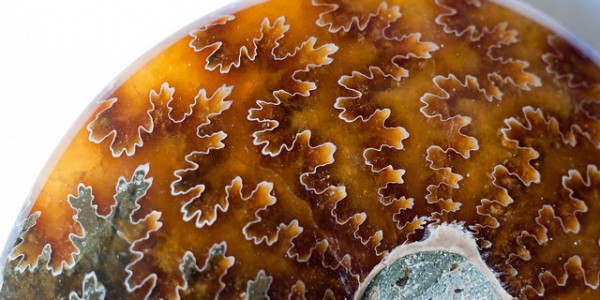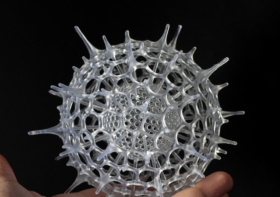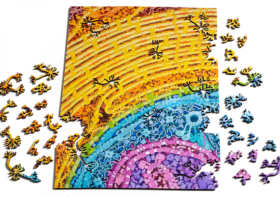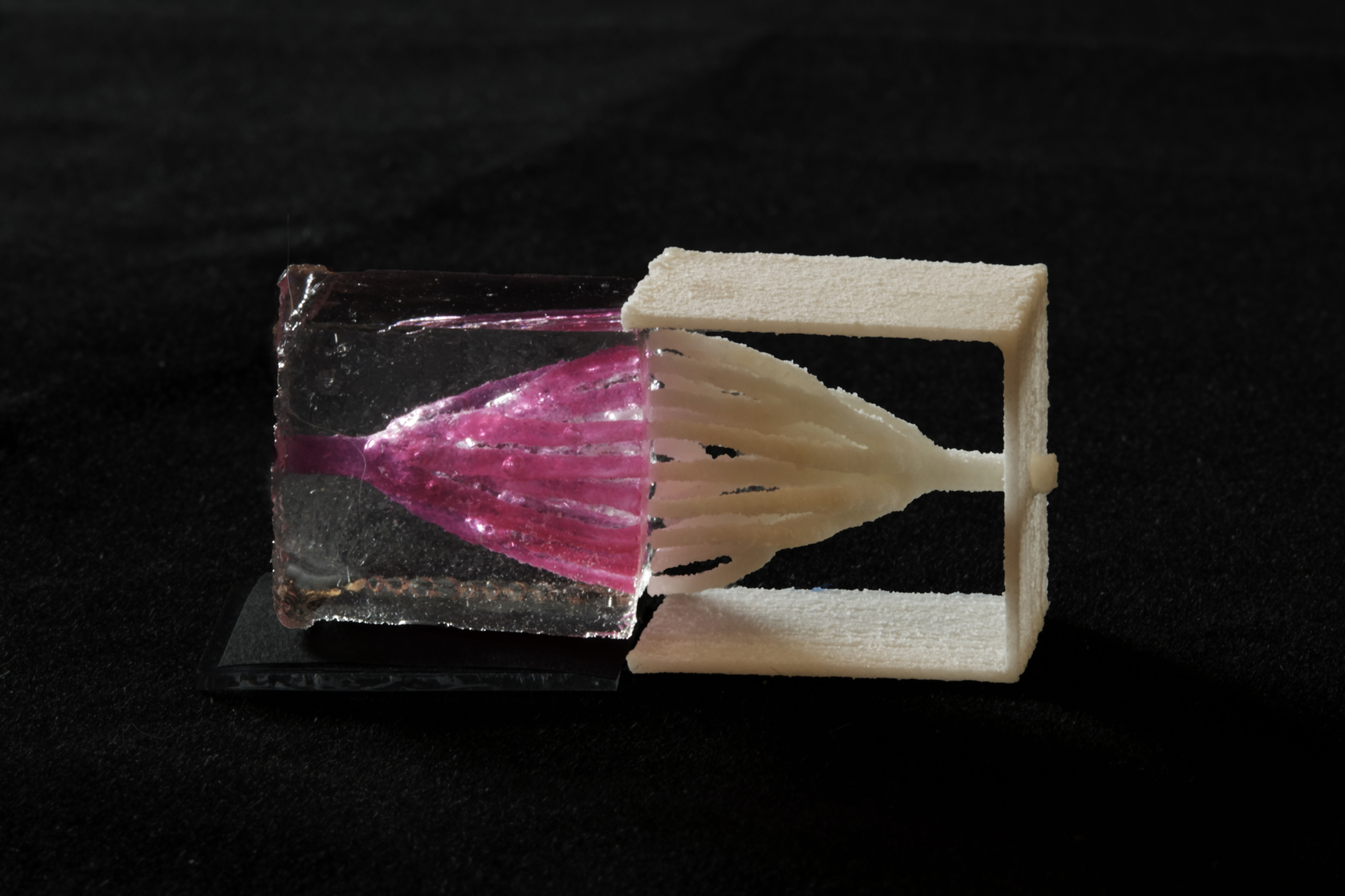Researcher Profile: Oyvind Hammer
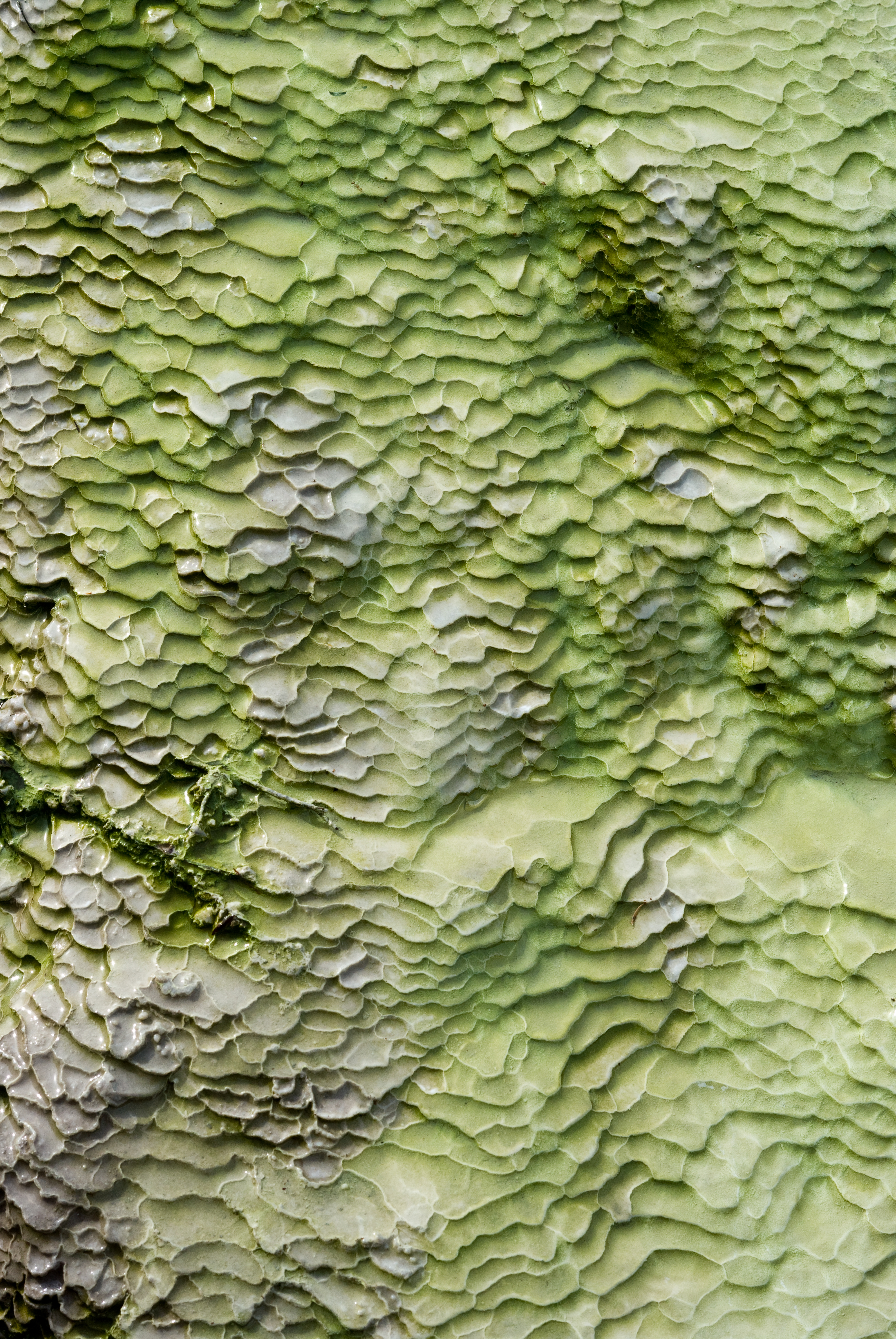
When we start working on a new project, we do a lot of preliminary research. This usually involves a wide literature search on the topic of interest, be it leaf venation, reaction diffusion, sand dunes, etc. While fascinating, much of this research does not make it into our work. However, after reading dozens of papers, we have found that we often cross paths with certain scientists who appear to have many of the same interests as we do. In an effort to catalog this research and show our appreciation for these scientists’ work, I am a creating a series of “Researcher Profile” posts that highlight some of the exciting work by a specific researcher.
My first post is on the work of Oyvind Hammer, a paleontologist at the Natural History Museum of the University of Oslo in Norway. His work focuses on geological processes and developmental paleobiology with an emphasis on computational methods.
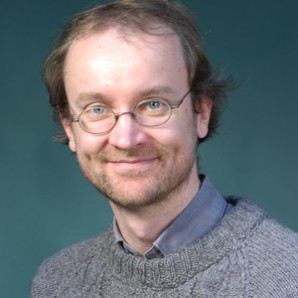
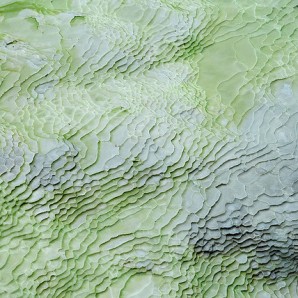
Years later, we discovered the wonder of ammonite suture patterns, which we posted about here. While researching how these patterns form, we came across many competing theories. Hammer is a proponent of a reaction diffusion model. In a paper titled Reaction Diffusion Processes: Application to the Morphogenesis of Ammonoid Ornamentation (pdf) he makes a case for reaction diffusion type systems playing a role in the growth of ammonite ribs, though the model might be combined with more mechanically based processes as well.
You can find a list of Hammer’s publications on his website here: http://folk.uio.no/ohammer/
It is exciting to see when researchers seem to have the same fascination with the natural world as we do. I am always surprised when researching some new topic when I find a paper by someone whose work I’m already familiar with. Even though it seems to happen a lot. At which point I have to check out all the other papers they wrote. And write a blog post about them.

